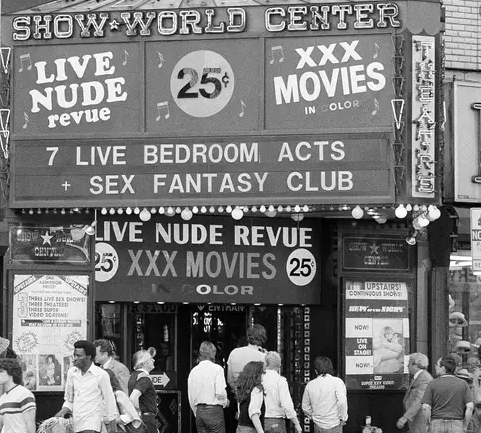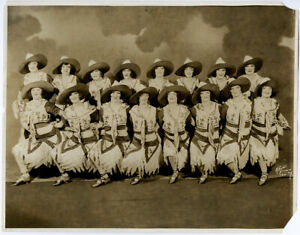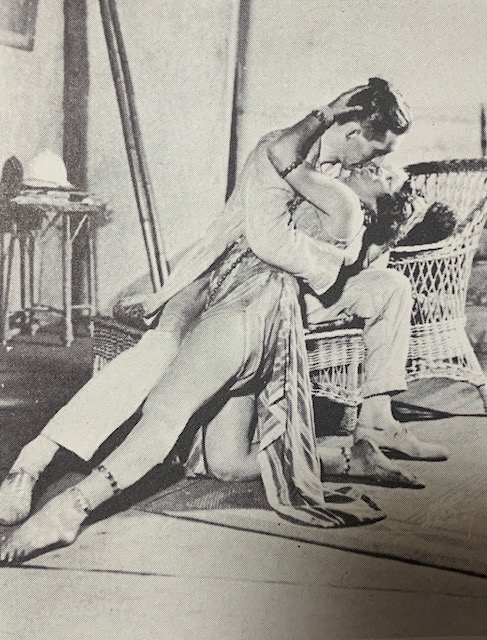
By Samuel L. Leiter
Different sources give slightly different statistics, but Burns Mantle, in his The Best Plays of 1923-1924, says that the season covered by that volume—in which the season runs from June 15 to June 15—offered 196 productions, over 150 of them straight plays and the remaining forty or so musicals, down around twenty from the previous season. He is very happy about this sudden increase in plays over musicals (and revues) and makes a point of the difficulty he had in selecting his ten best.
Very few of those he chose became standards, the ones that, even if rarely seen today, were revived for many years in regional, stock, little theatre, and amateur productions. Even the season’s Pulitzer Prize winner, Hell-Bent for Heaven, is now barely known. While buffs may brighten at the dropping of such titles as The Swan, Outward Bound, Beggar on Horseback, or The Show-Off, few are likely familiar with Sun-Up, The Changelings, Chicken Feed (later called Wages for Wives), or Tarnish.
Mantle felt so appreciative of the season’s offerings, he listed half a dozen others he could as easily have selected: The Nervous Wreck, White Cargo, The Potters, Expressing Willie, Children of the Moon, and, believe it or not, Saint Joan, generally considered one of George Bernard Shaw’s major plays and a frequently revived work—including on Broadway—whose status as a modern classic few would dispute.
For today’s installment of “Leiter Looks Back,”—which, with supplements from yours truly, relies on material provided by Holly Hill, who did the 1923-1924 entries for my Encyclopedia of the New York Stage, 1920-1930—we’ll skip the ten best and take a look at five of the six Mantle liked but overlooked. Saint Joan (Garrick Theatre, 12/28/23), which was produced by the Theatre Guild and starred Winifred Lenihan as the Maid of Orleans, is well-enough established that we can, if with regrets, omit it from this survey, allowing us to look instead at the remaining five plays mentioned above.
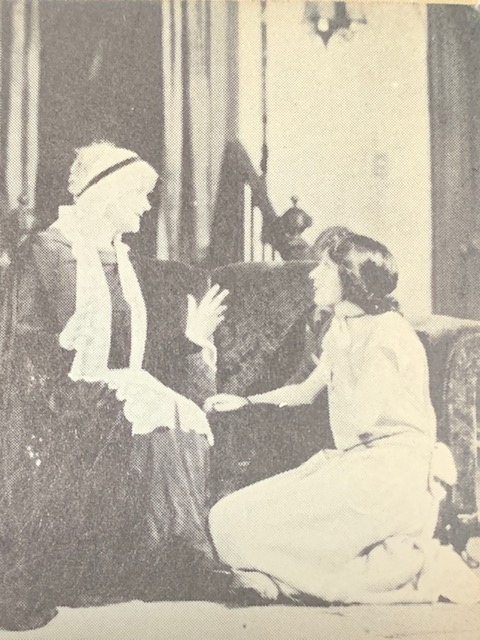

Following their chronological order, we begin with Martin A. Flavin’s first play, Children of the Moon (Comedy Theatre, 8/17/23, 109), directed by B. Iden Payne (replacing Louis Calvert, who died during rehearsals), with sets by Cleon Throckmorton. This Freud-influenced play was set on the California coast, where a mother (Beatrice Terry), using the taint of moon madness running through her husband’s family to control her children, ruins their lives. Fearing his mental illness, her son had crashed his plane in the war. Now a daughter and the pilot she loves fly off to the moon and are lost over the Pacific.
Critics likened the play’s atmosphere to some of Ibsen’s, finding merits, variously, in different acts of the three-act play. John Corbin noted that the audience gave a standing ovation after Act Two but thought the final act was less impressive. Alexander Woollcott concluded that the play never came to life and remained a thing of the theater, although it was “intense, bold and ambitious.”
The Nervous Wreck (Sam H. Harris Theatre, 10/9/23, 271) was a hit farce by prolific, Pulitzer-winning Owen Davis. It is about Henry Williams (Otto Kruger), a hypochondriac, who follows his doctor’s orders to rest on an Arizona ranch. There the rancher’s daughter (June Walker) tricks him into eloping with her in order to escape her engagement to an overbearing sheriff and ranger. Pursued by her fiancé, the runaways hide out at a ranch, where they work as cook and waiter. The stress on Henry is hard, but his ability to cope surprises him. In one funny scene, he seeks to uncover a criminal by having each of the suspects hold a plate in the expectation that the guilty party will reveal himself by dropping his plate when the appropriate word is spoken. Several years later, the hit Eddie Cantor musical Whoopee was based on this plot.
The critics split over the play’s and performance’s merits. Exemplary of the yeas was the Times critic’s verdict of “a really funny farce” in which Kruger made the ancient stereotype of the imaginary invalid seem new. Among the nays was Percy Hammond’s: “a frantic, irresponsible frontier farce,” with Kruger appearing to be in doubt as to the precise nature of the play.
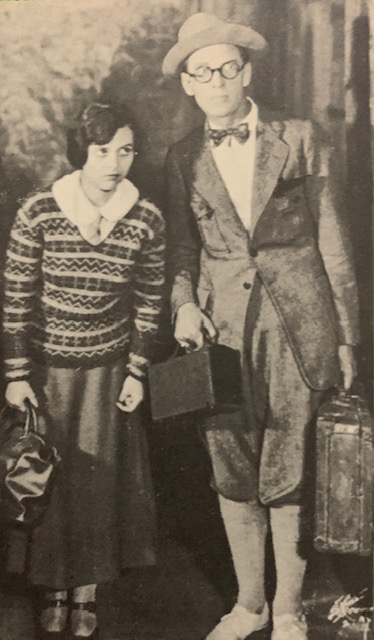

The Nervous Wreck was one of seven shows forced to close early because of a dispute with Actors’ Equity. As Mantle tells it, this was
the season in which the Actors’ Equity successfully defended its fight for an Equity contract and sanely accepted a compromise on its demand for an Equity shop, by the terms of which no actor was to be permitted to play without joining the actors’ association and contributing his bit to its support. By the terms of a ten-year agreement, signed by a majority of producing managers, 80 per cent of the actors employed are to be Equity members while 20 per cent are permitted to retain their independence upon payment of a sum equivalent to the Equity dues.
Needless to say, things have changed since then.
The tale of this play’s genesis and its multiple tribulations before arriving on Broadway is told in Davis’s autobiography, I’d Like to Do it Again. Among things he revealed was that when, before the opening, the last act was still incomplete, he simply plucked an entire scene from his as-yet-produced The Haunted House, and this scene “made the play’s success.”
White Cargo (Greenwich Village Theatre, 11/5/23, 864), by Leon Gordon “in association with A.E. Anson and Conway Wingfield,” is the only one of these plays produced in a place not yet dubbed Off Broadway. This is the steamy melodrama (originally called Dry Rot and then The Sand Walker) that originated the cry, “Tondelayo!” which became a comic meme following the 1942 movie version starring Hedy Lamarr.
White Cargo, which enjoyed a considerable run, tells of four British men living on a West African rubber plantation and giving in to whiskey and native women. The newest recruit, Longford (Richard Stevenson), after a struggle to save his virtue, marries the sultry Tondelayo (Annette Margules, in modified blackface and blackbody), a half-French, half-native beauty with a warped soul. After a year of marriage, he is white cargo like so many before him, ready to be shipped home completely broken.
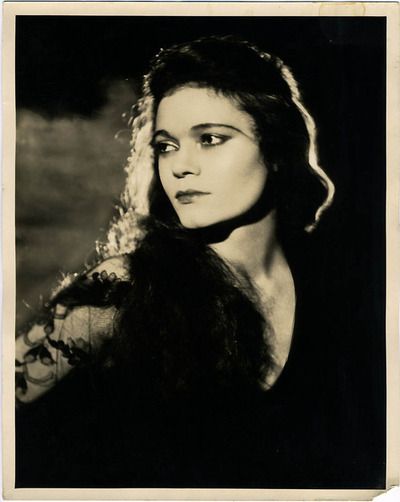

Gordon, the British coauthor and director, wrote in the program that his intentions were in no way sensationalistic. “It is an attempt to portray the struggle for development in a country which steadily defies the encroaching civilization.” Critics compared the play to Rain, the previous season’s big hit set in a tropical environment. Arthur Hornblow noted, “This time the element is not rain but sun, which just glares and glares and ‘rots everything’! This rotting process engages the drama, which is harrowing, gripping, nerve-wracking, unrelieved by a single element of humor. . . . White Cargo leaves a bad taste, but it makes a strong impression.” The Times called it “a violently uneven play. At times it is good theatre and at other times absurd hokum.” The Herald complained about the “squalid vocabulary,” but thought that no one would be bored.
During its long run, the show moved uptown to a Broadway venue. A return engagement of sixteen showings commenced at Daly’s Theatre on 4/12/26.
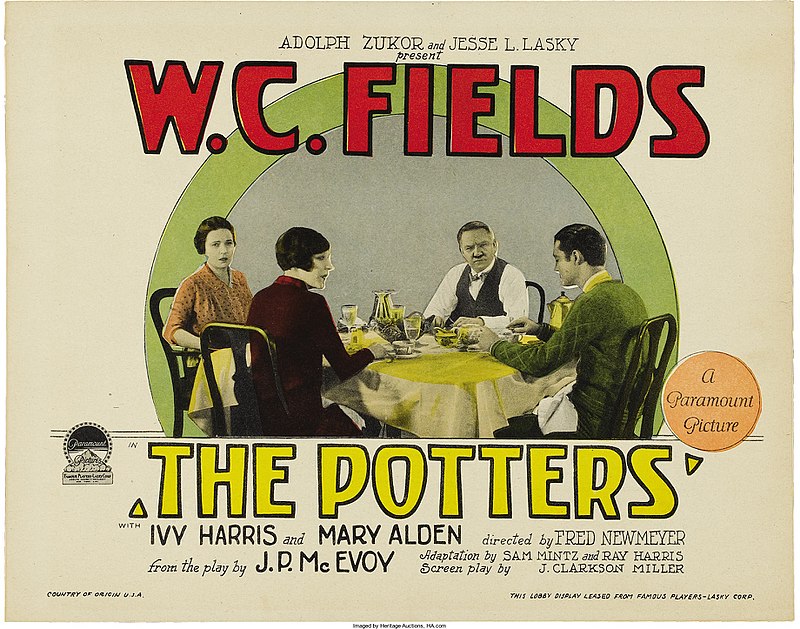

“The Potters” was a popular newspaper series whose sketches inspired this comedy of the same name (Plymouth Theatre, 12/8/23, 245) by J.P. McEvoy, directed by Augustin Duncan. It is a comedy of American lower-middle-class family life following the fortunes of the Potters and their children. While Pa (Donald Meek) struggles for material things and Ma (Catherine Calhoun Doucet) complains about the lack of them, their daughter, Mamie (Mary Carroll), has a romance with a lifeguard, Red Miller (Douglas Hunter). On the advice of a phony fortune teller, Mamie inveigles Pa into investing the mortgage money in an oil stock that proves gilt-edged.
The critics generally agreed that the twelve-vignette play had homey charm and was a fair attempt at native humor. John Corbin called it a cartoon embodiment “of the commonplace intelligence and the wholesome character of the common people.” The Tribune’s critic thought that the playwright “has faithfully written the annals of the poor who suddenly and luckily meet Mammon face to face.” He added that the characters were drawn “with a somewhat stark irony, precipitating as much pathos as humor.”
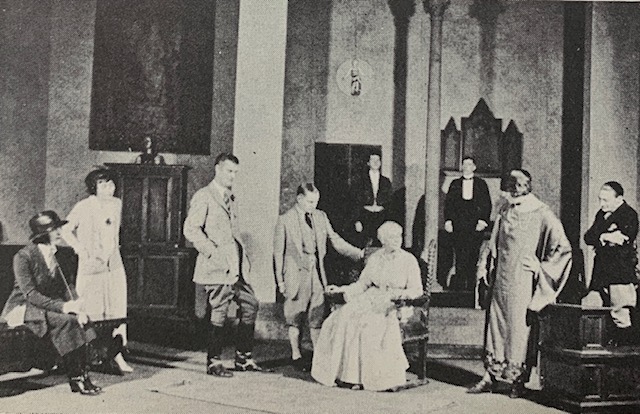

Last of our not-quite-good-enough for Burns Mantle’s Ten Best list is Expressing Willie (Forty-eighth Street Theatre, 4/16/24, 293), written and directed by Rachel Crothers, one of the foremost female playwrights of the day. John Corbin wrote that the distinguished first-night audience could hardly have anticipated “the perfect conjunction of play-writing, acting and stage management that unfolded itself as if by miracle” in this comedy. He could only compare the opening with The Swan’s but noted with satisfaction that Crothers’s comedy was an American one and that it showed the perfection of her powers. Her wit provoked hilarity, and the variety and subtlety of characterization made the actors “seem lifted to genius.”
Crothers had been unable to sell commercial managements her story of Willie (Richard Sterling), a millionaire toothpaste manufacturer in awe of the phony artistes and café society parasites who surround him in his Long Island mansion, prating about self-expression. Trying to help, Willie’s mother (Louise Closser Hale) imports from their old Midwest hometown a young woman named Minnie (Chrystal Herne), a mousey music teacher, who had loved Willie. At first, Minnie takes the phonies to be real, but eventually she proves herself their superior, both artistically and personally. She also succeeds in winning Willie from a predatory actress (Merle Maddern, San Francisco society belle and cousin of star Minnie Maddern Fiske), saving him and his money from the shallow poseurs who gabble about self-expression but have nothing to express.
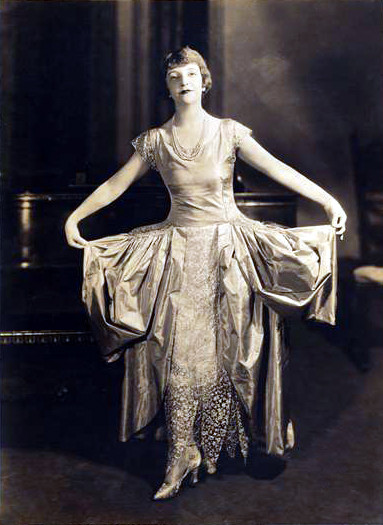

These plays may not be screaming out for revival, but in their time they pleased and profited as each year of the decade grew more prolific and prosperous. I noted earlier that musicals and revues did, indeed, experience a drop-off in 1923-24, but there will still be some tuneful items from which to choose when the next installment of “Leiter Looks Back” does just that for musicals (revues to follow). Is there a good chance we’ll be gazing at Helen of Troy, New York (by Kaufman, Connelly, Kalmar, and Ruby), the long run hits Little Jessie James and Poppy, Kid Boots (with superstar Eddie Cantor in the title role), or I’ll Say She Is (with the Marx Brothers)? I’ll say there is.





